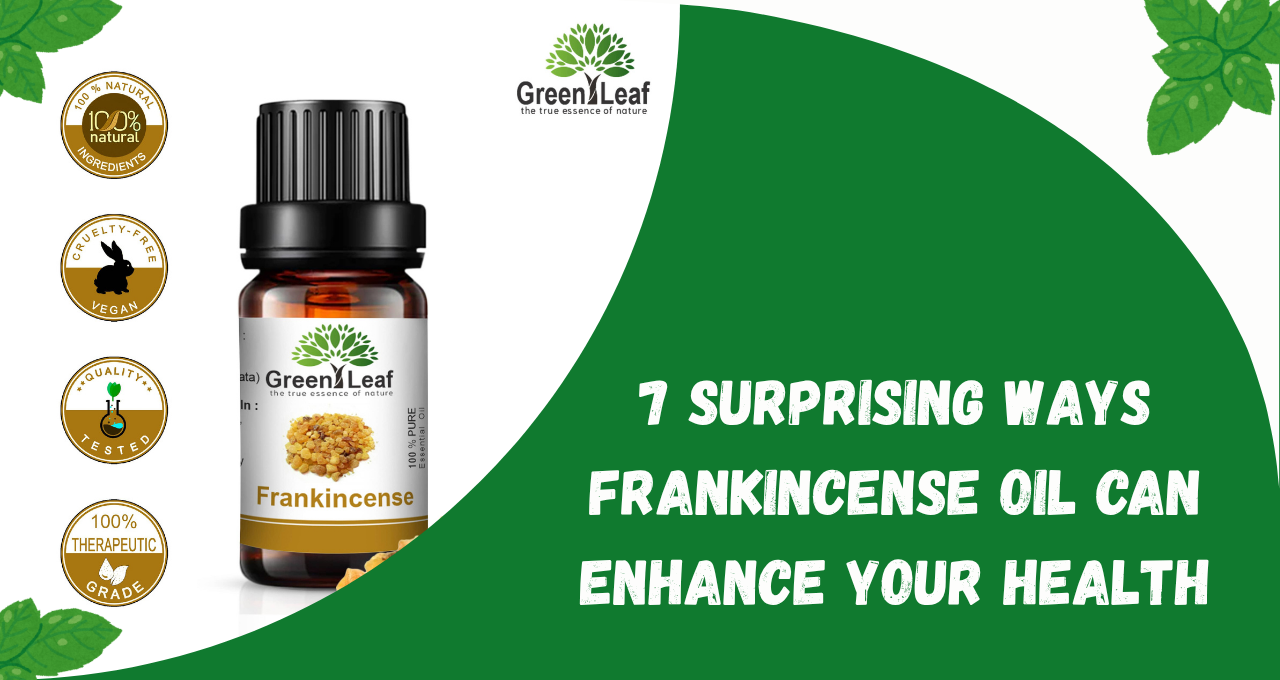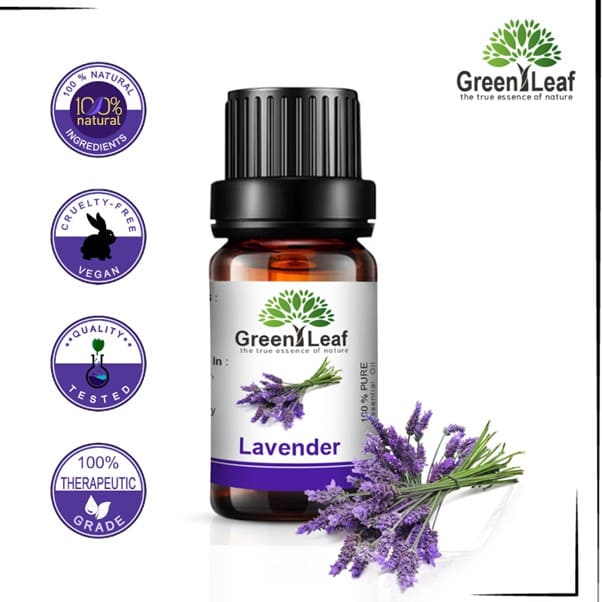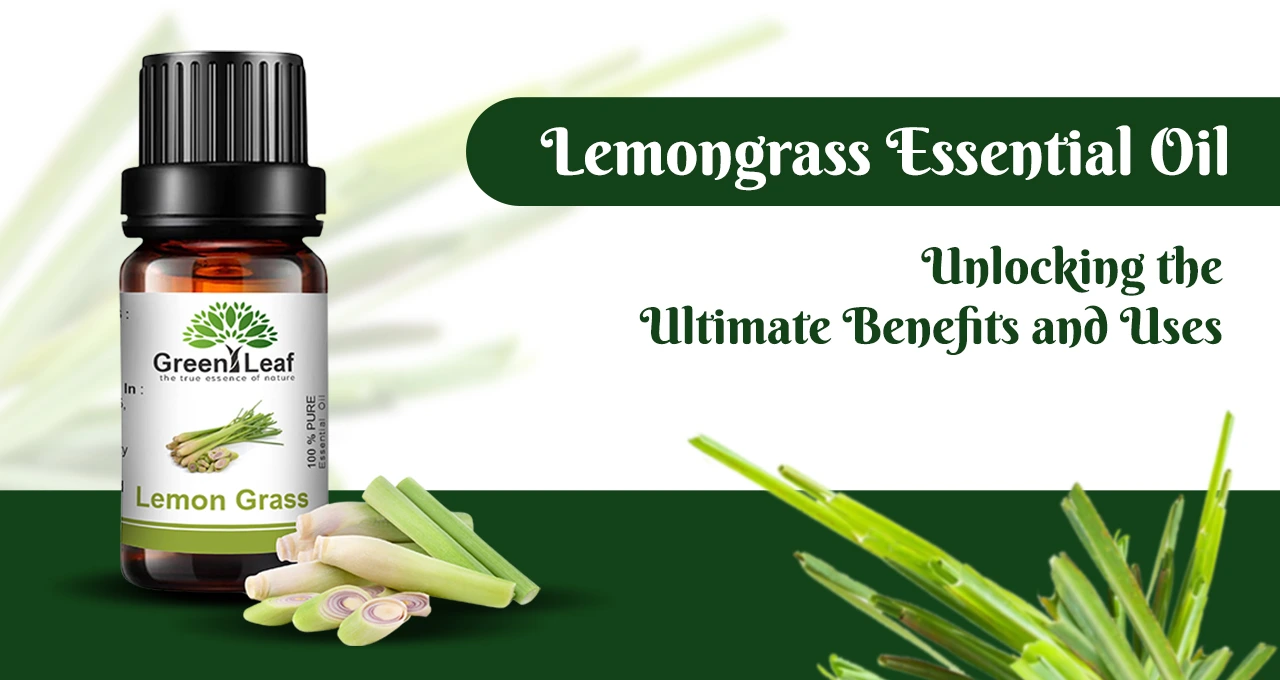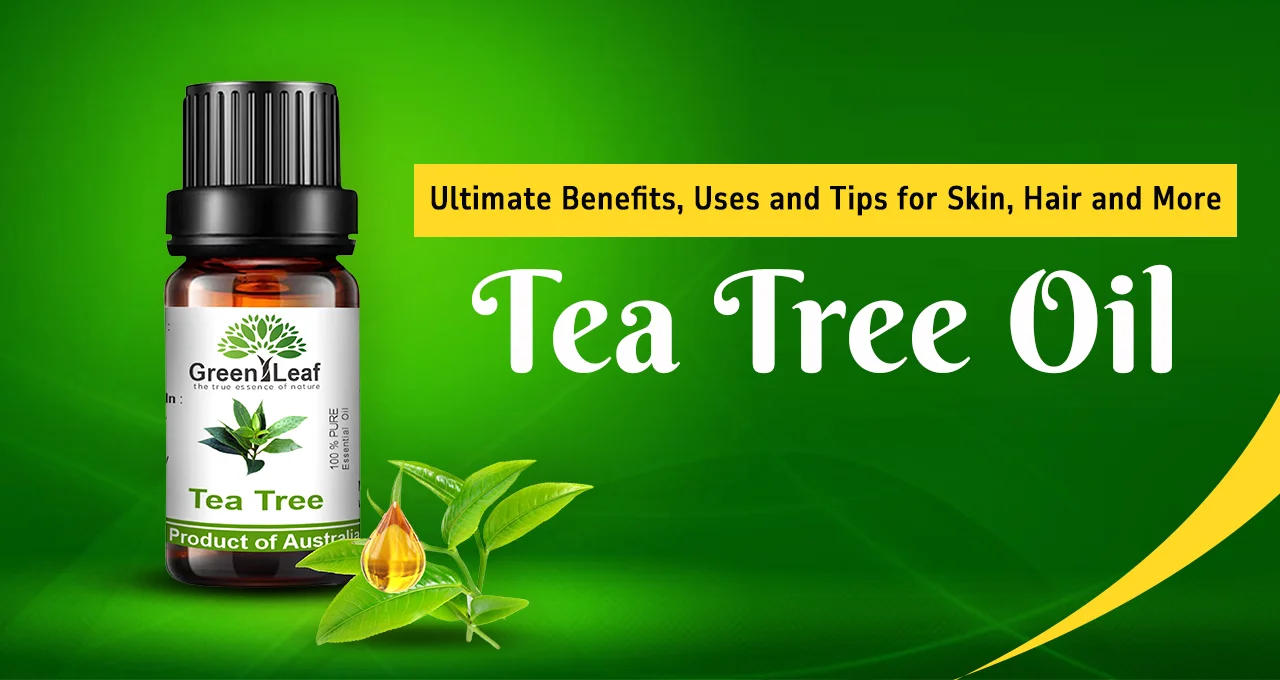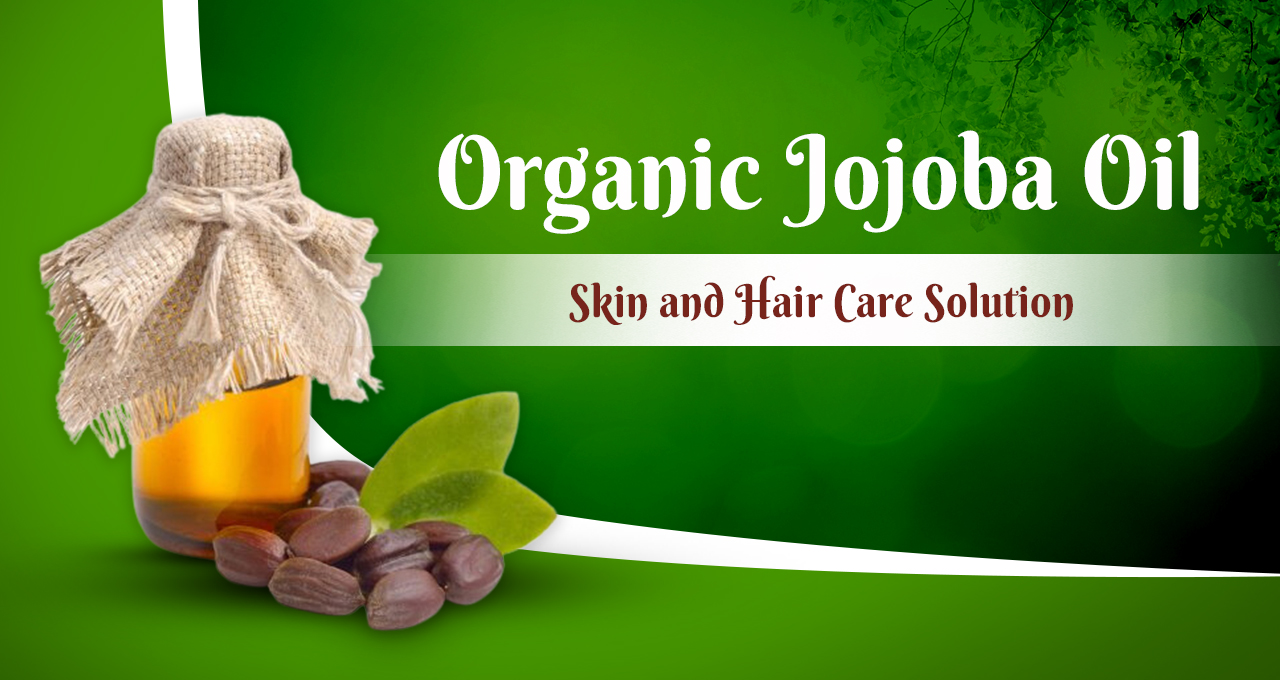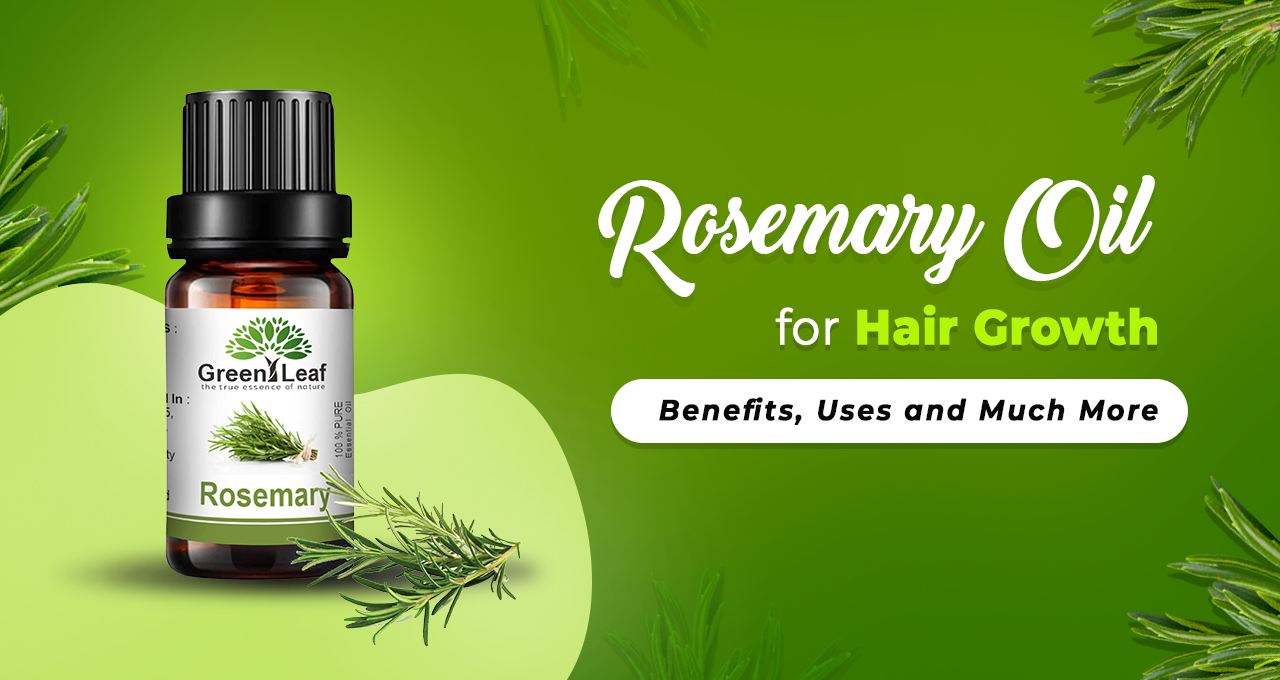Tea Tree Essential Oil What It Is How to Use It and What to Avoid
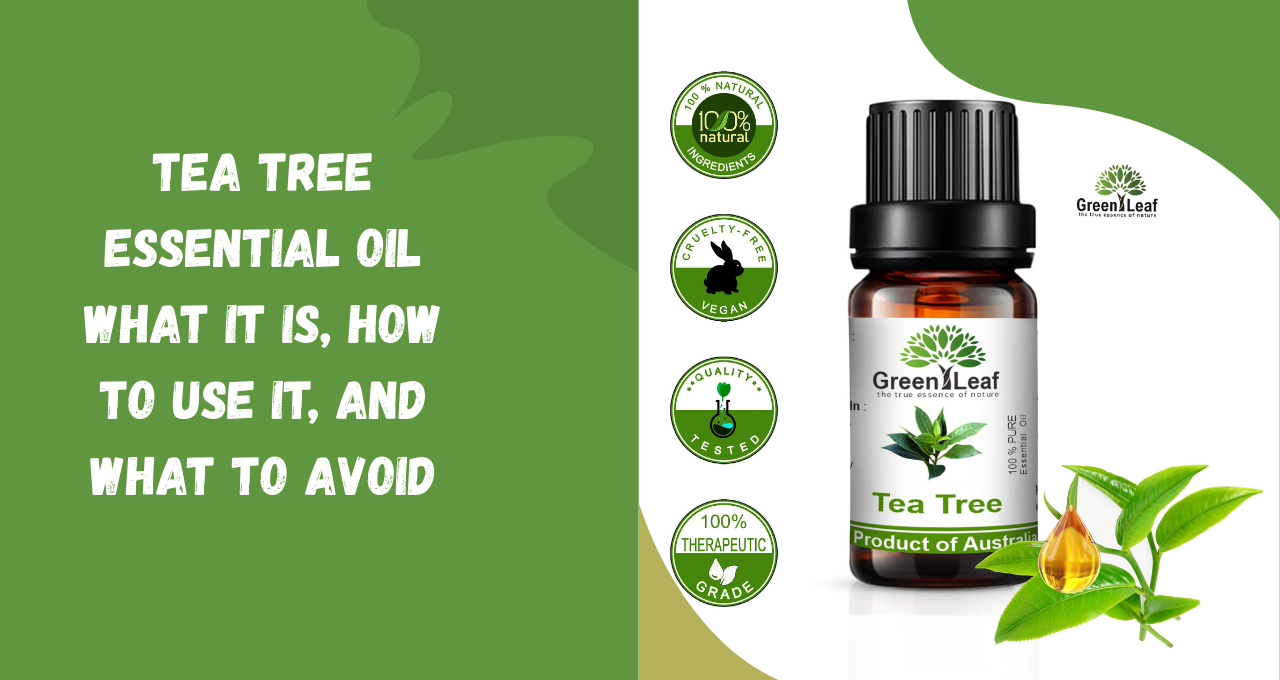
Tea tree essential oil has steadily gained popularity across the globe, and for good reason. Known for its antibacterial, antifungal, and anti-inflammatory properties, this natural oil is commonly used in skin care, home cleaning, and even hair care routines. Extracted from the leaves of the Australian tea tree, also called Melaleuca alternifolia, this oil has been a part of traditional medicine in Australia for centuries.
People often turn to tea tree oil for skin care, from treating acne to calming inflammation. It’s natural, potent, and offers a wide range of applications when used correctly. But like all essential oils, it’s important to understand both the benefits and the risks.
So, what is tea tree oil good for? How should you use it, and what should you absolutely avoid? This beginner’s guide covers everything you need to know to get started safely and effectively.
What Is Tea Tree Essential Oil, Really?
Tea tree essential oil is not just a trend—it’s a pharmacologically active substance. It's extracted via steam distillation from the leaves of the Australian tea tree, which naturally contains over 100 components, including terpinen-4-ol, the compound primarily responsible for its antimicrobial effects.
Several scientific studies support its antibacterial and antifungal capabilities, particularly in managing acne, dandruff, and even certain yeast infections. It's often included in over-the-counter gels, shampoos, ointments, and household products.
What Is Tea Tree Oil Good For?
1. Managing Mild to Moderate Acne
Many studies have found that tea tree oil gels significantly reduce acne lesions and inflammation. Add 2–3 drops to a teaspoon of aloe vera gel for a natural night-time acne treatment.
2. Treating Athlete’s Foot or Fungal Nails
Tea tree oil's antifungal properties can target Trichophyton, the fungus responsible for athlete’s foot. Dilute with a carrier oil and apply twice daily. Results may take 4–6 weeks, but are often comparable to OTC antifungal creams.
3. Scalp and Hair Health
Incorporating tea tree oil uses for skin and scalp includes treating dandruff, itchiness, and even lice. Add 5 drops to your shampoo and leave it in for 5 minutes before rinsing.
4. Natural Deodorant or Hand Sanitizer
Because of its antibacterial effects, tea tree oil can be added to DIY deodorant blends or alcohol-based hand sanitizers for a natural antibacterial kick.
5. Wound Cleaning and Minor Cuts
Diluted tea tree essential oil can prevent infections in small cuts and abrasions. It reduces swelling and speeds up healing while keeping bacteria in check.
How to Use Tea Tree Oil Safely and Effectively
Understanding how to use it is just as important as knowing its benefits. Misuse often leads to side effects of tea tree oil, such as skin burns or allergic reactions.
Do This:
Dilute correctly: Always mix with a carrier oil (e.g., 1 drop per 1 tsp carrier oil).
Do a patch test: Test on your forearm before applying to your face or scalp.
Store it well: Keep away from sunlight and heat to prevent oxidation, which increases the risk of skin irritation.
Avoid This:
Ingesting it: Tea tree oil is toxic when swallowed. It can cause confusion, drowsiness, etc.
Using near eyes or mucous membranes: Even in diluted form, it can irritate sensitive areas.
Using on pets: Cats and dogs can have severe reactions even from topical exposure.
Side Effects of Tea Tree Oil: Know Before You Use
Even natural ingredients carry risks. The side effects of tea tree oil can vary by individual:
Contact dermatitis: Redness, itching, or rash due to allergic reactions.
Oxidation sensitivity: Tea tree oil that’s too old or poorly stored can degrade into irritants.
Replace tea tree oil every 6–12 months to maintain effectiveness and reduce risks.
Choosing the Right Tea Tree Oil: What to Look For
If you’re buying tea tree essential oil, here’s what matters:
Purity: It should be 100% tea tree oil with no additives.
Origin: Australian origin ensures authenticity and potency.
Testing: Look for third-party tested oils with batch numbers.
At Greenleafoil, our oil ticks all these boxes. Tested for purity, it’s trusted by customers who want reliable, high-quality essential oils for their daily routines.
The proven benefits of tea tree oil—from acne control to wound healing—make it more than a trendy oil. Still, respecting dilution guidelines and being aware of the side effects of tea tree oil is critical to avoid harm. The answer to “What is tea tree oil good for?” spans both beauty and wellness. But like any active product, the value lies not just in what it can do, but in how well you understand and use it.
Explore our collection and add the best essential oils into your routine—safely and effectively!
FAQs What is tea tree oil good for?
Tea tree oil is commonly used for acne, dandruff, minor cuts, fungal infections like athlete’s foot, and as a natural antibacterial cleaner. It’s also valued in DIY skincare and home remedies. Can I apply tea tree oil directly to my skin?
No. Tea tree oil should always be diluted with a carrier oil before applying to the skin to avoid irritation or allergic reactions. How do I use tea tree oil for acne?
Mix 1–2 drops of tea tree oil with a teaspoon of aloe vera gel or a carrier oil. Apply directly to acne spots using a cotton swab. Can tea tree oil be used on the scalp or hair?
Yes, tea tree oil is often used to help with dandruff, itchiness, and an oily scalp. Add a few drops to your regular shampoo and rinse thoroughly. How should I store my tea tree oil?
Store in a cool, dark place away from direct sunlight. Always keep the cap tightly closed to maintain potency and avoid oxidation.

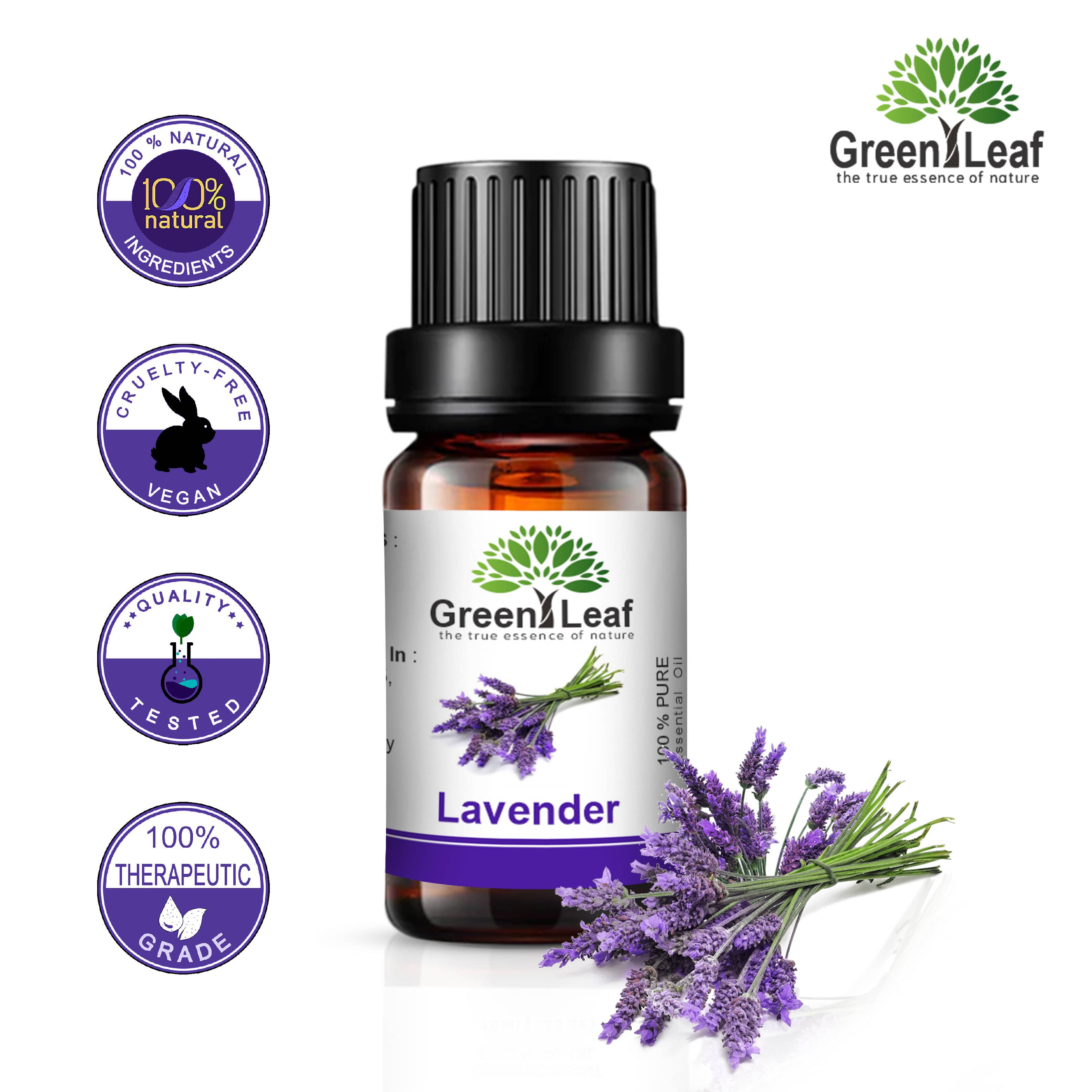
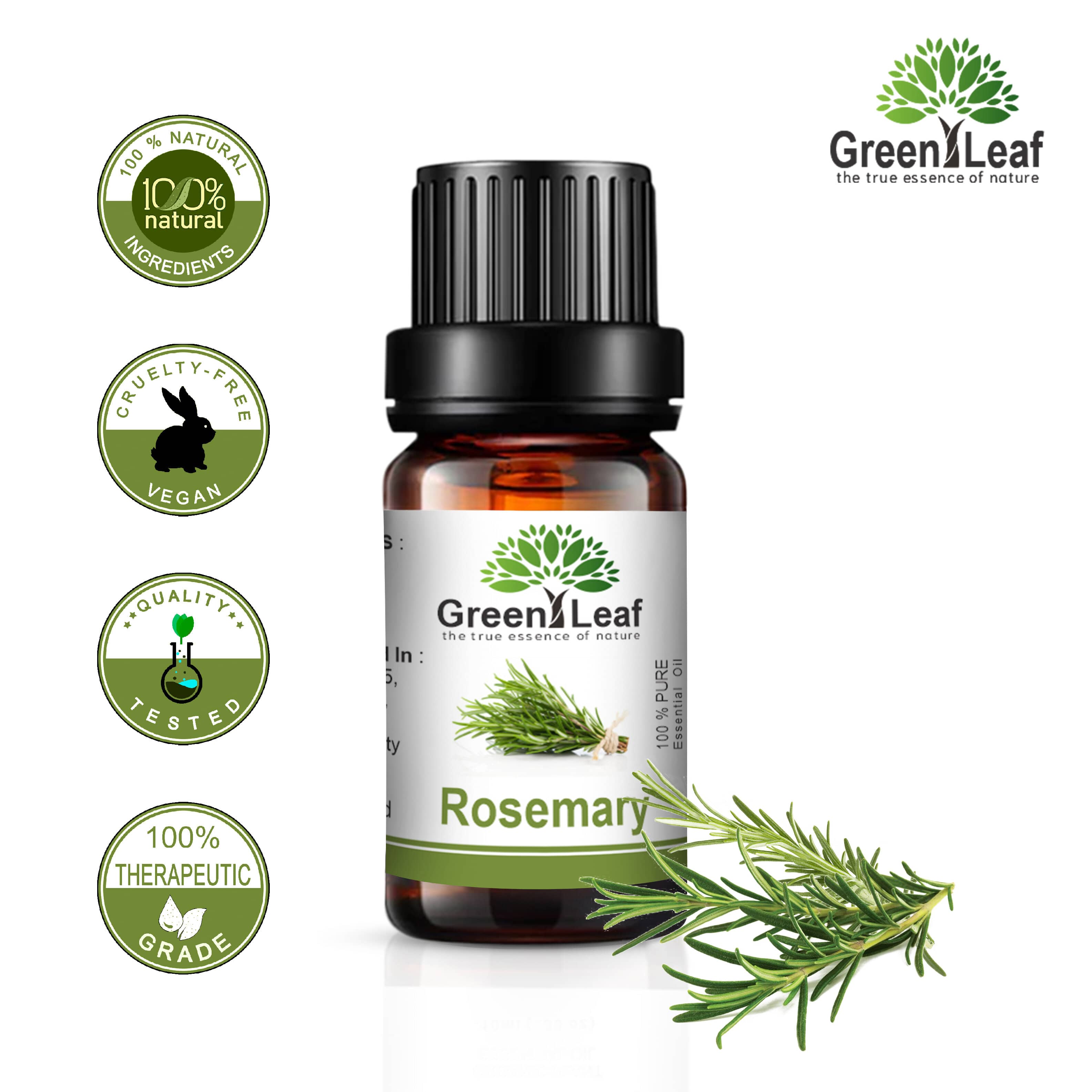
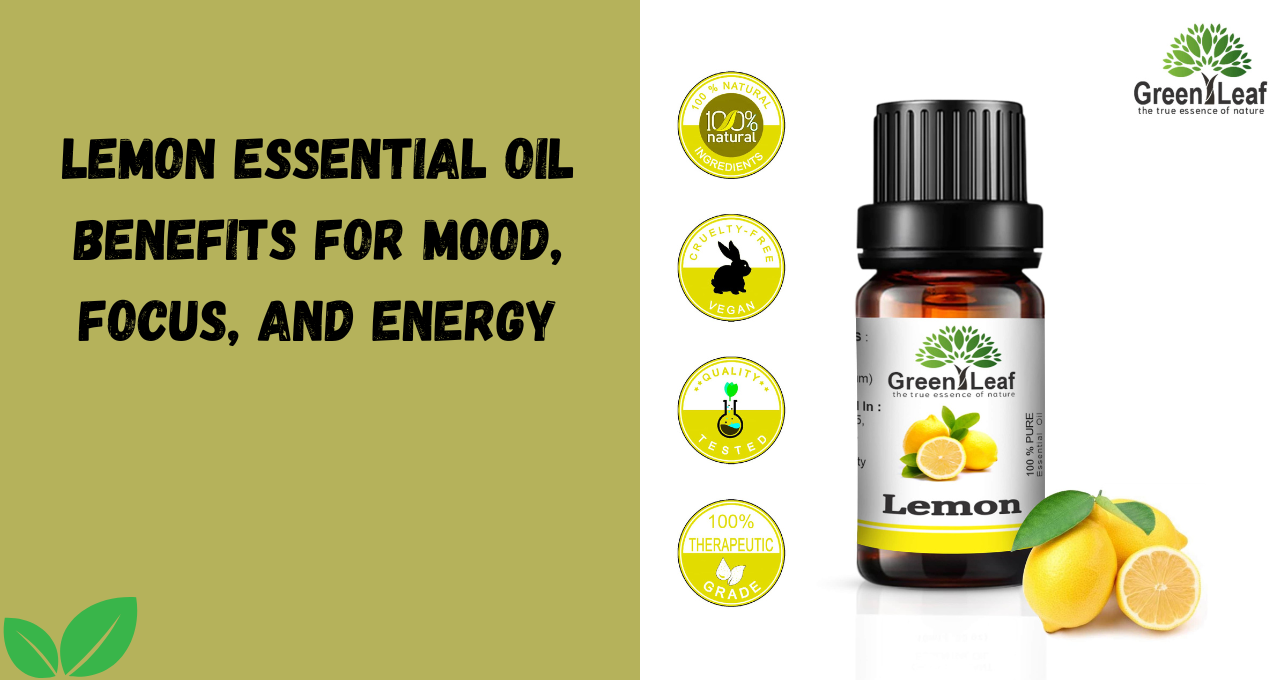
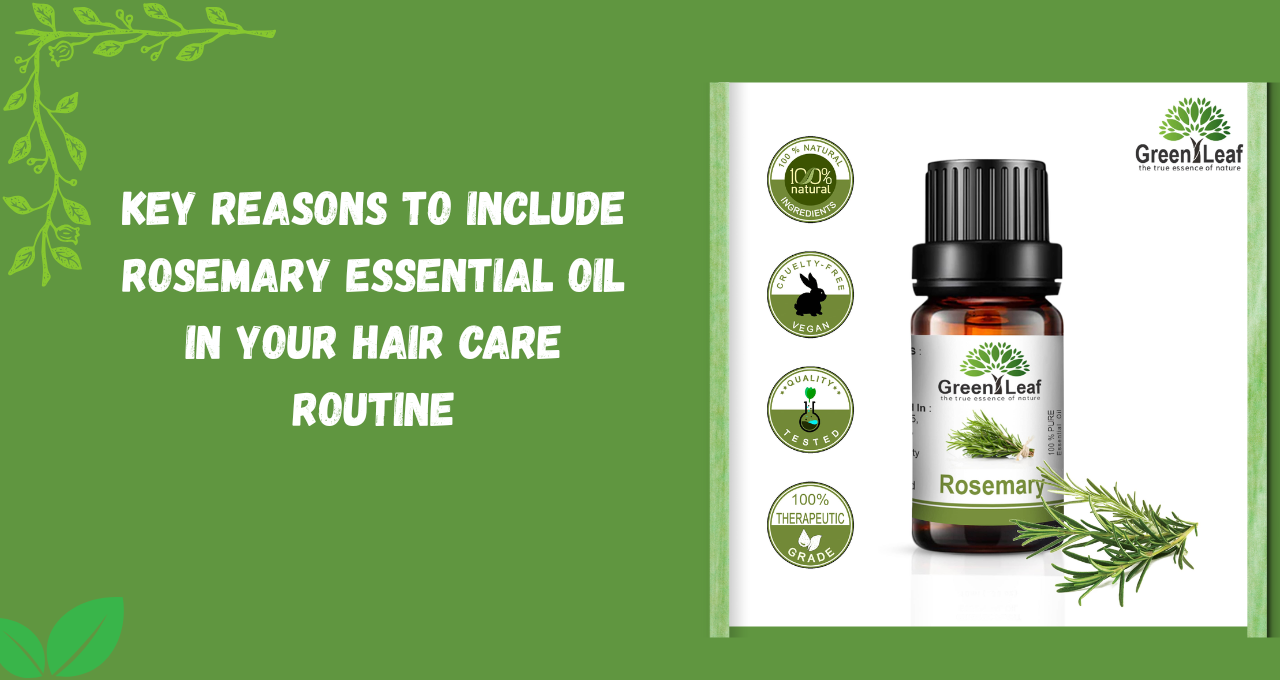
.png)
